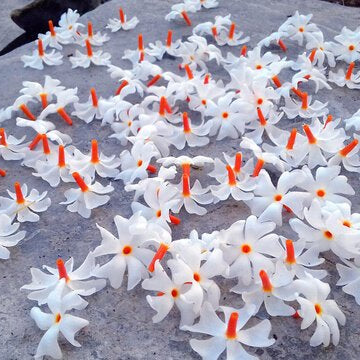
Available 24/7
Available 24/7

You've probably got a dead plant on your hands if you've come this post. No judgements. Don't be too hard on yourself; it happens to the best of us, and even the most low-maintenance plants occasionally. Taking care of a plant that eventually dies on you is a certain way to make your ego and heart suffer. But it's not all doom and gloom.
A plant that appears to be dead often has some life left in it and will almost mysteriously begin to grow again if given the proper care.
Overwatering or underwatering, not getting enough sun, changes in the environment, bugs and pests, or nutrient deficiencies are some of the most prevalent reasons for a plant's demise. All of these issues can be resolved if you catch them early enough.
Of course, we're here to show you how to do it correctly. These simple hacks and methods can help you restore your plant to its former glory and gain the health advantages of gardening, from spotting even the tiniest indications of vitality to fixing any mistakes you've made.
1. First look if your plant is actually dead
You ask, How? Well, Look for signs of life, that's all. Just because your plant appears to be dry doesn't imply it can't be saved. Look for indications of vitality in the stems and roots. The roots should be greenish on the inside and the leaves should be flexible and strong. Don't give up on your plant simply because it has turned brown and lost some leaves.
If the plant still has a few green leaves and flexible stalks, there's a chance it can be revived. Buds are also a good sign. If that's the case, you can start wishing for your plant to come back to life.
Are the stems and roots of your plants mushy and brittle? Then it appears that your plant is doomed.
It's critical to get rid of the dead sections at this point. The plant can then devote all of its resources to the sections that are still functional. Begin by removing all of the dead pieces. Repeat with the stems, a little at a time, until they show symptoms of green.
Leave around 5 cm of stem above the earth if the stems are completely dead but the roots are still alive. New branches will develop from these old stems as your plant recovers.
3. Check out whether you've over watered your plants
Plants require water to exist and thrive, yet there is such a thing as too much water ? How do you know? In case of overwatering and damp soil, overwatered plants will have brown or yellow withered leaves. This will have an impact on the roots, which may begin to decay. If you've been overwatering your plant, you'll need to make some improvements right now.
Remove the plant from direct sunshine and wait until the soil dries out before watering it again. If the soil is wet, you should replace both the soil and the pot. After that, carry out research. Look up your plant's watering requirements and make sure you follow them in the future.
4. Check if Your Plants are thirsty
It's easy to drown, just like it's easy to overwater—and for many individuals, a foreseeable scenario. What are the symptoms that a plant is thirsty? The plant will begin to wilt as a result of the lack of water. The tips of the leaves will begin to dry up and brown, and the leaves will eventually turn brown, die, and fall off.
If the topsoil is dry, compacted, and cracked, it is most likely due to a lack of water. If you catch this type of damage early enough, it can be repaired fast. Dry plants are simple to rehydrate.
Allowing a plant to soak in water for a few hours will quickly recover it if it has been severely underwatered. With this strategy, many plants can transform from droopy and miserable to gorgeous, healthy, and cheerful in just one day! Then it's just a matter of taking care of your plants on a regular basis.
On regular basis, fill the plant's pot with water until the drainage holes are clear. After that, hose or spray any residual stems or foliage down. Plants take in water through both their leaves and roots. Repeat this for a week or so to see the changes.
Lighting is such a vital aspect in the health of your houseplants, you'll want to be sure that yours is getting the right amount. A plant that hasn't received enough sunshine will have pale leaves and weak stems.
You can move your houseplant to a more suitable region of your home once you know whether it enjoys full daylight, partial sun, direct sunlight, or indirect sunlight. Its development will be slowed. A seemingly dead plant may liven up sooner rather than later with this easy change, depending on its status.
6. Check to see if your plant requires extra humidity.
If your plant is native to the tropics, it may be dying to return to its natural habitat. Although the quantity of humidity required by a plant varies, there are several signs that it may require more moisture in the air. If the humidity level is too low, the plant will begin to shrivel, brown, and wilt.
Ferns, for example, require humidity to thrive, something the normal living room may lack. This is a simple problem to tackle. Transfer your plant to a more humid spot away from the sun. The bathroom is a good place to put the plant if it's inside your house.
7. Additional nutrition should be provided.
Buy fertilizers for your plant babies !
During the spring and summer growing seasons, it's extremely vital to feed your plant. Weak stems and discoloured leaves indicate malnutrition, so you'll need compost or fertiliser to resuscitate a dying plant.
Plant malnutrition can also cause uneven growth and uneven leaves, and weak stems. Relocate the plant and provide the appropriate manure and fertiliser to bring it back to life. Organic liquid plant food can always be savior in such cases. Water soluble nutrient rich fertilizers are also a great way to nourish your plant babies and they are easy on their roots too.
8. Consider Repotting Your Plants.
Buy Planters in All Shapes and Forms
Most plants outgrow their pots over time. The roots may even wind around the inside of the container, making water and nutrient uptake difficult. Remove the plant from its container with care. It's time to get a bigger container if you observe more roots than dirt or roots coiling around the inside of the pot.
A simple repotting can sometimes be all that is required to bring a dying plant back to life. A larger container with well-drained and healthy soil can work wonders for your plant and help it to thrive.
9. Give Your Plants Filtered Water

Impurities in water, such as chloride and fluoride, have a negative impact on plant health in many circumstances. Bamboo is one such example; chlorine-laced water can actually destroy a bamboo plant. Install a rainwater collection tank and use the water to water your plants.
10. Getting Rid Of Insects And Diseases
Look for pest symptoms like irregular growth, curled-up leaves, or discoloured leaves with holes. Also, keep an eye out for any bugs that shouldn't be in your green plant. To get rid of most bugs, mix a mild soap solution with water. If you fear your plant has succumbed to disease, see a plant expert to identify the problem and learn how to treat it.
Powdery mildew, root rot, and leaf spot are examples of diseases. Keep the plant isolated from the rest of your garden to prevent the pest or disease from spreading.
11. Change Soil Of Your Plants
Plants use up a lot of the nutrients and organic matter in their soil over time. The soil becomes impoverished and hard, and it loses its ability to store water and minerals. You'll need to repot your indoor plants with fresh and nutrient rich soil to keep them healthy.
A potting mix, which is a light and fluffy combination of peat moss, pine bark, and perlite or vermiculite, keeps plants happy and well-nourished. Never use garden soil for a potted plant since it is too dense. It has clay or sand in it, which prevents the plants from breathing properly or getting enough oxygen to their roots. Potting soil can be found in any garden centre or nursery.
12. At the very least, wait a month
When it appears like your efforts aren't paying off, it's easy to lose hope. But keep in mind that it took a long time to nearly kill your plant, and it will take much longer to nurse it back to health. The most important thing is to remain patient. Continue to care for your plant for a few weeks and then reassess.
Don't give up too soon after taking steps to revive a dying plant; it can take up to a month to observe an improvement or new growth. Because troubleshooting may be required before determining the precise problem and its remedy, the method may take longer than expected.
13. Compost it as you let your plant go
If you've tried everything, even waiting at least a month, and your plant hasn't improved, it's probable it's time to let it go. Place your dead plant in a compost bin instead of throwing it away.
Even if your plants have died, you can compost their remains to generate nutrient-rich soil that can be used to fertilise future houseplants or your garden. That means your dead plant can resurrect, helping both the health of your future plants and the environment.
Plant resurrection isn't always successful, especially when the situation has gotten out of hand. However, this does not rule out the possibility of reviving plants that appear to be dead. It never hurts to give it a shot. Before it's too late, you could just have what it takes to bring dead plants back to life! Let us know if these tips and hacks help you out. We will be glad to see your happy and thriving plant babies.
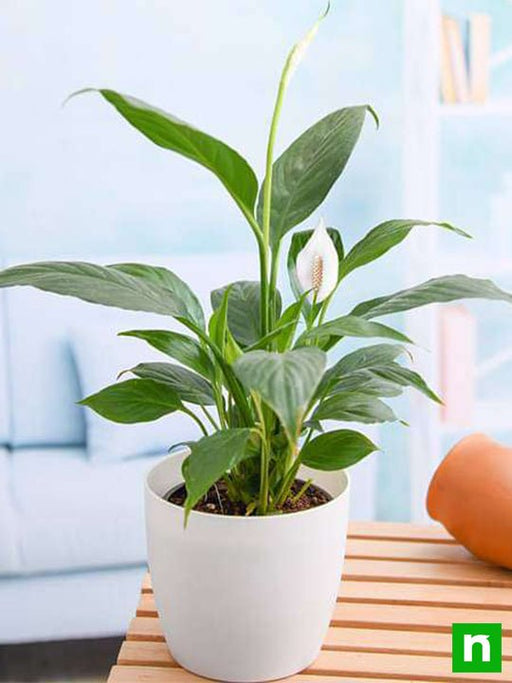
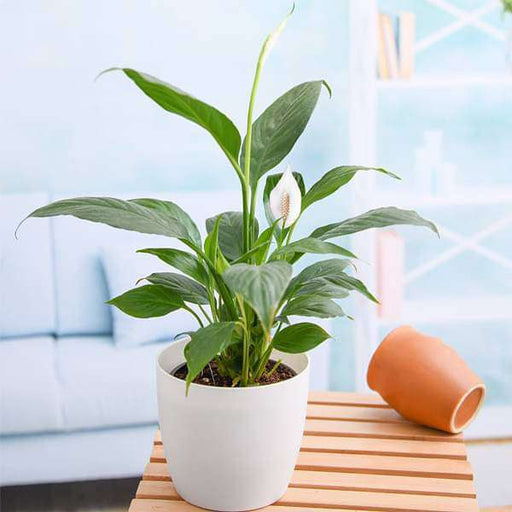 Save up to 15%
Save up to 15%
DescriptionPeace Lily Plant is a very popular and very rare indoor flowering houseplant. It is also an excellent air purifier plant.What makes it s...
View full details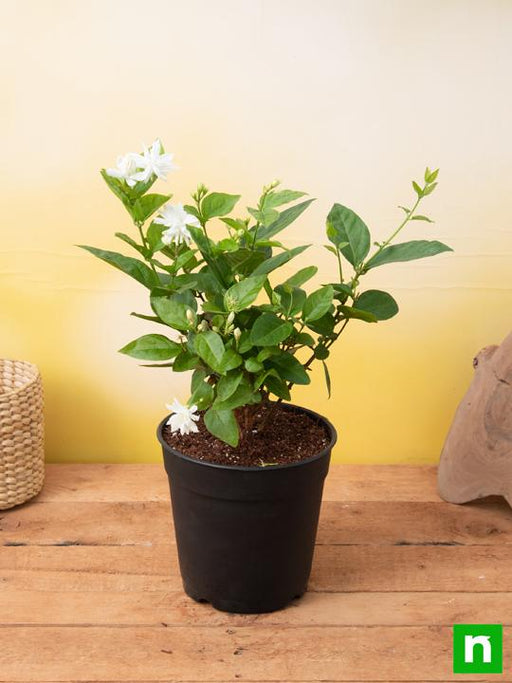
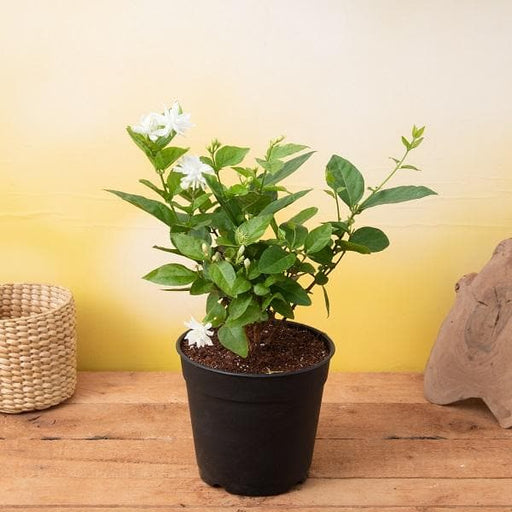 Save 20%
Save 20%
DescriptionFlowers make intimate connections they increase our connectivity with family and friends. Mogra plant is famously known as Jasmine flowe...
View full details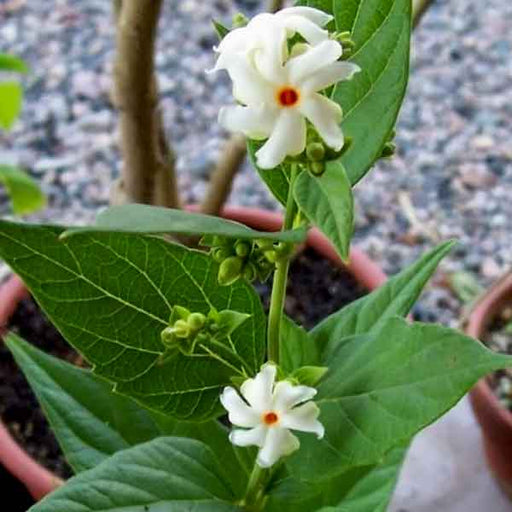
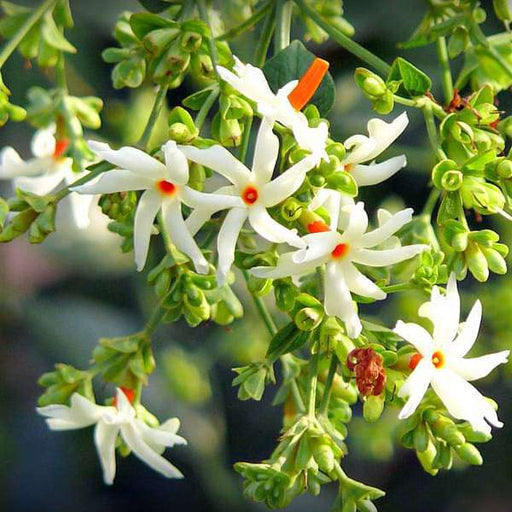 Save 14%
Save 14%
DescriptionHave you ever stumbled upon a tree that made you stop and stare?A tree that seemed to possess a beauty so rare that it made you question...
View full details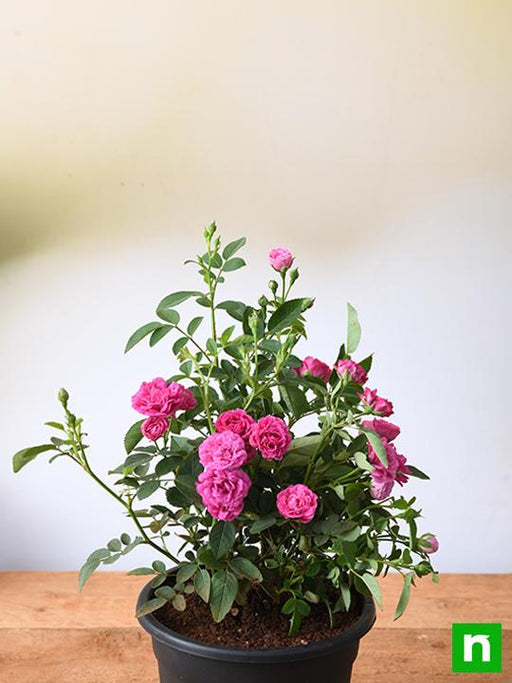
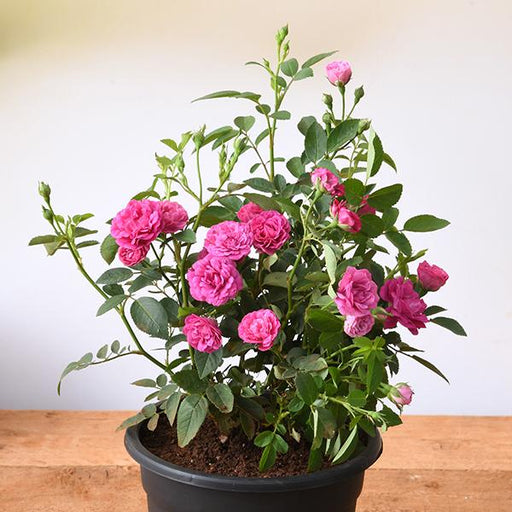 Save 14%
Save 14%
DescriptionButton Rose is a perennial flowering shrub plant. Roses are best ornamental plants.What makes it special: One of the best flowering plan...
View full details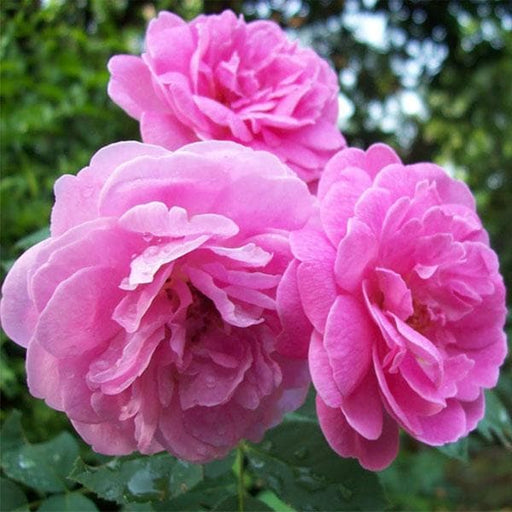 Save 20%
Save 20%
DescriptionDamascus roses are known for its distinct fragrance. Enjoy the real and oldest scent of rose. The Damascus rose is a deciduous shrub gr...
View full details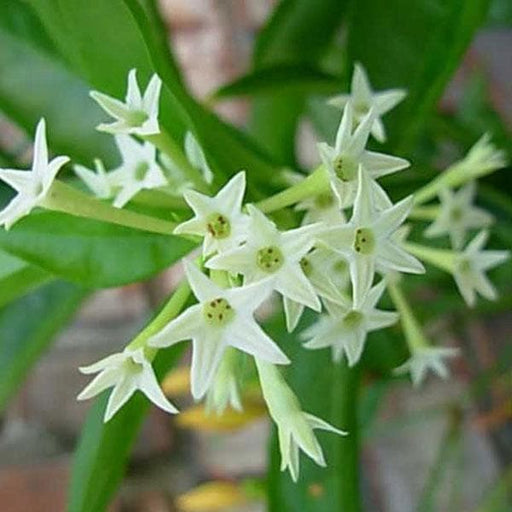
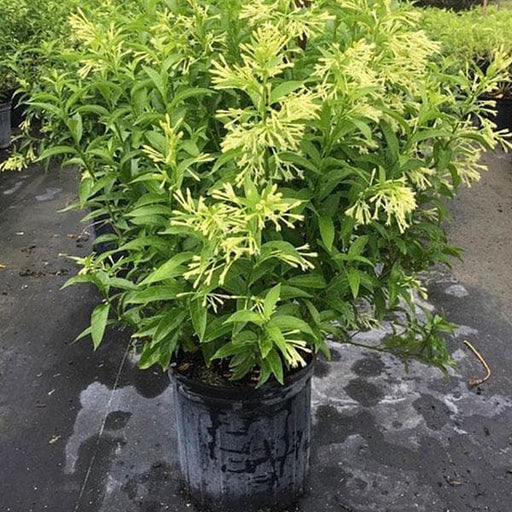 Save 14%
Save 14%
DescriptionFlowers are the best and liveliest source of the good smell So, if you are thinking of growing flowering plants in your garden then you ...
View full details Save 45%
Save 45%
Description Pack of 4 succulents that are very easy to care for. A perfect pack to start growing plants worry-free. About You get 4 succulent plant...
View full details Save 45%
Save 45%
Description Pack of 4 succulents that are very easy to care for. A perfect pack to start growing plants worry-free. About You get 4 succulent plant...
View full details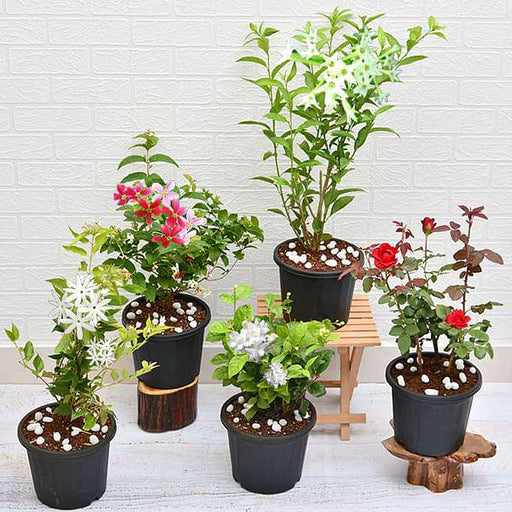 Save 12%
Save 12%
DescriptionAromatic plants bring into a room or house an often overlooked benefit. These plants have a pleasant scent.About You plant a hope when ...
View full details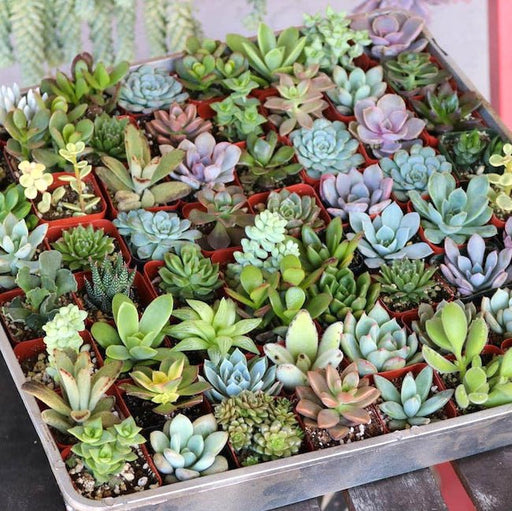
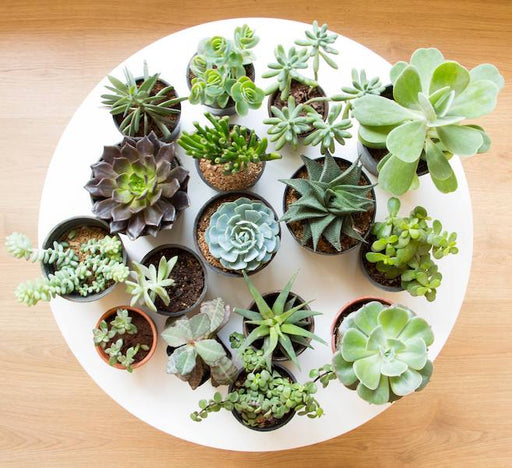 Save up to 50%
Save up to 50%
DescriptionIf you long for indoor greenery but have not succeeded with houseplants, consider these beautiful succulents. A perfect pack to start gr...
View full details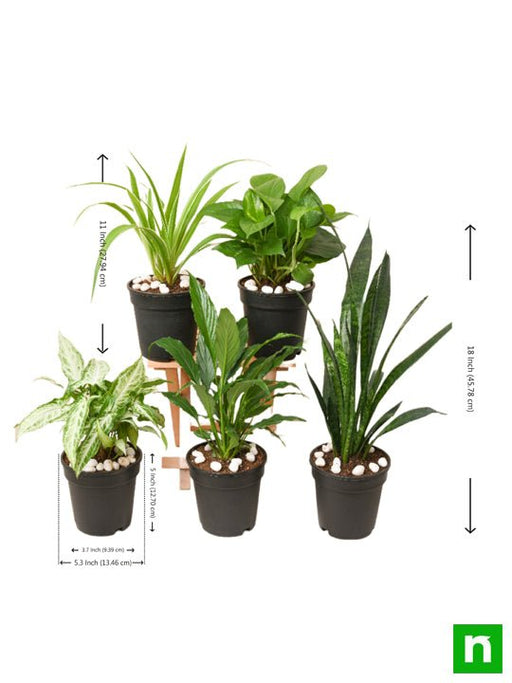
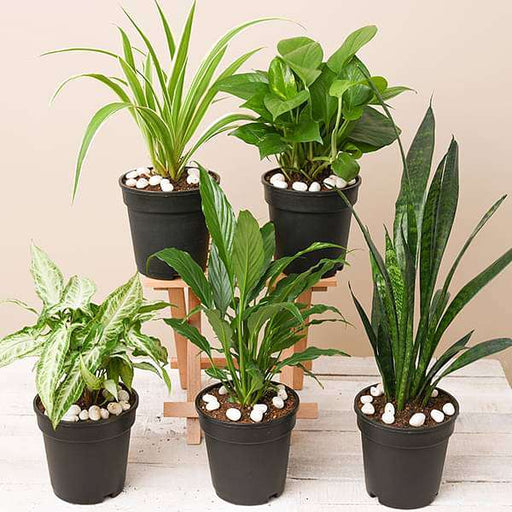 Save 21%
Save 21%
DescriptionThis plants pack contains amazing 5 houseplants + 5 Pots. Surround your home with these best pollution killer plants for a clean and hea...
View full details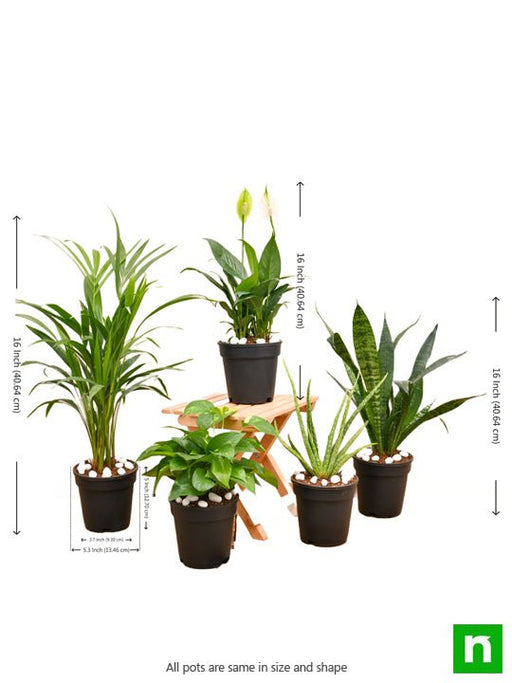
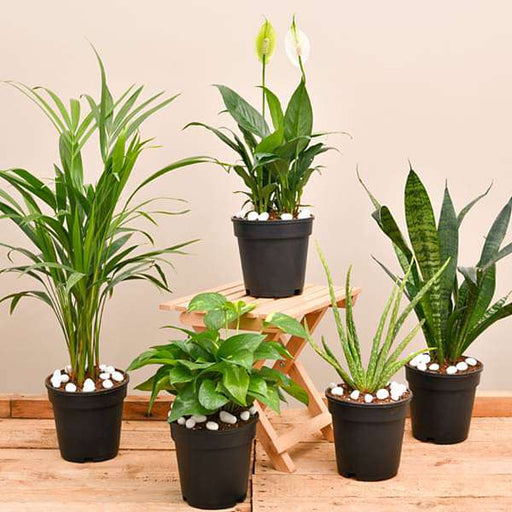 Save 20%
Save 20%
DescriptionIf you or anyone from your family wants to breathe fresh air, cleaner air in their homes, this 5 plants pack purify the air around and r...
View full details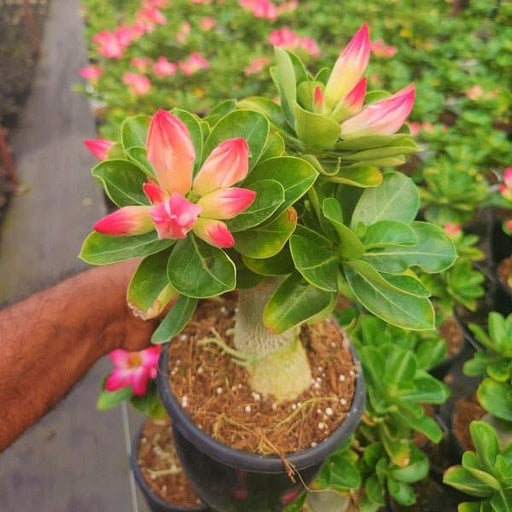
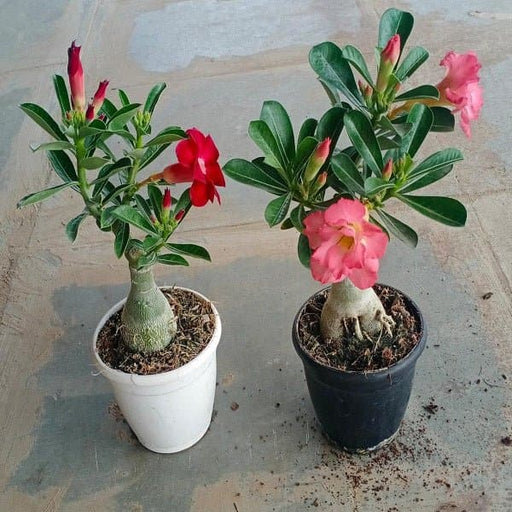 Save 40%
Save 40%
DescriptionSet of 2 Bonsai Looking Grafted Adenium PlantsAbout You get 2 Bonsai looking hardy grafted Adenium plants in a single pack.Plants are k...
View full details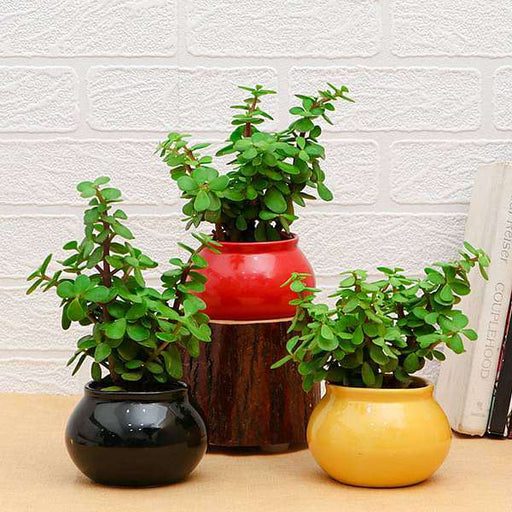 Save 22%
Save 22%
DescriptionThe Jade plant is an extremely popular succulent houseplant with fleshy leaves. According to popular belief, these plants will bring goo...
View full details
Comments
Leave a comment